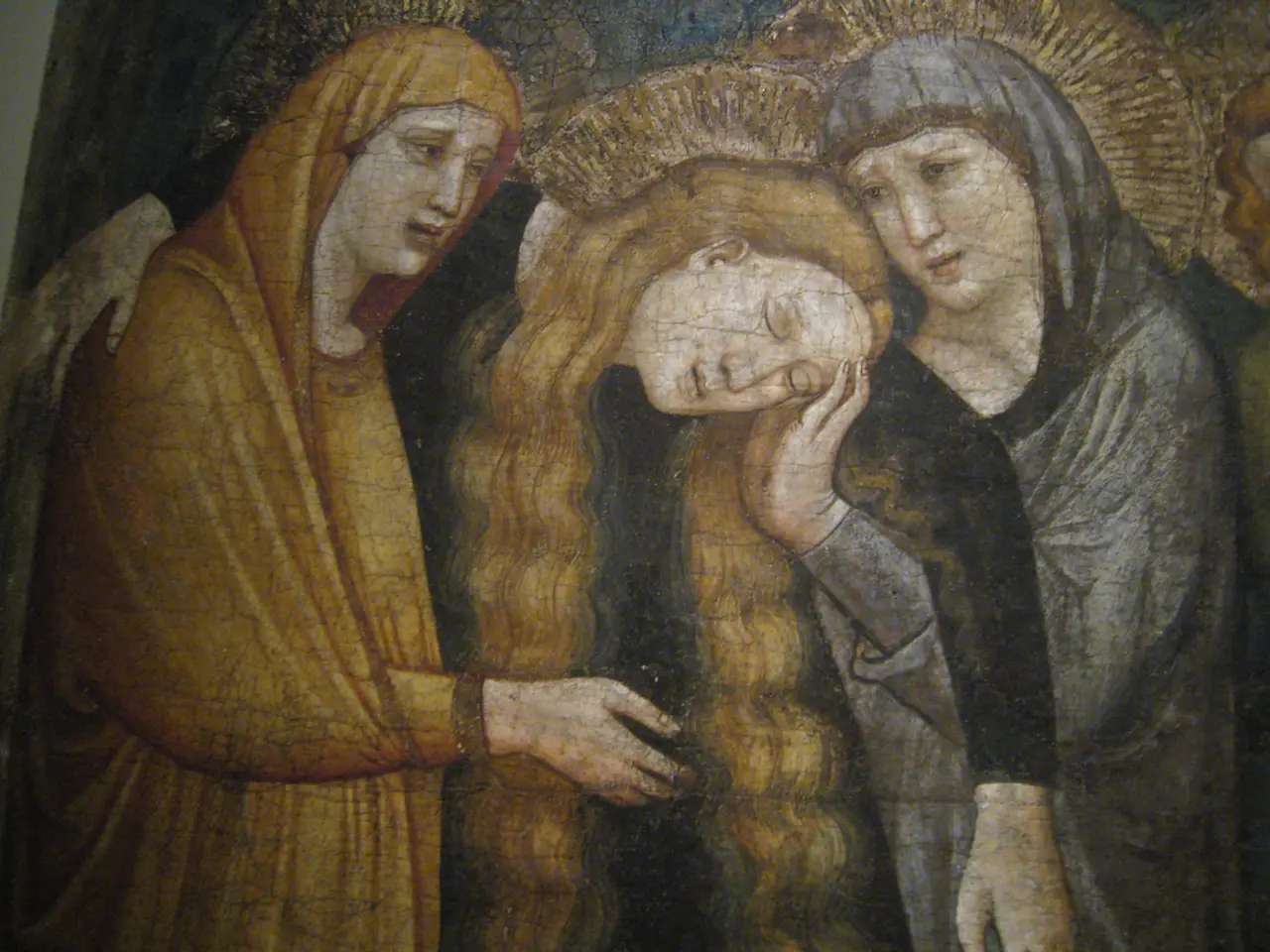In the center of Eurasia, art is shaping the power dynamics
Central Asia's Art Renaissance: A Fertile Laboratory for Contemporary Creativity
Central Asia, located at the heart of Eurasia, is experiencing a resurgence in contemporary art. This cultural renaissance is particularly evident in Kazakhstan and Uzbekistan, where artists are redefining the visual language of the present and blending tradition with innovation.
The Almaty Museum of Arts, set to open in Kazakhstan's economic capital, marks a renewed cultural interest in the country. The museum is a brainchild of entrepreneurs Kairat Boranbayev and Nurlan Smagulov, who have also opened the Tselinny Center in a former Soviet cinema.
In Uzbekistan, the art scene is equally vibrant. A new art biennale titled "Recipes for Broken Hearts" will take place from September 5 to November 20. This event will unfold over ten weeks, providing a live event program and featuring new site-specific art commissions. The biennale, to be curated by Diana Campbell, will showcase the participation of Uzbek artists, chefs, and designers, as well as international artists.
The art produced in this region addresses themes that are relevant to the region's unique cultural and political context. These themes include identity, post-Soviet memory, ecology, and social transformation. In a context lacking a structured market, art serves as an instrument of resistance, research, and liberation.
The emergence of contemporary art in Central Asia signifies a shift in the cultural landscape of the region. This shift is evident in multimedia projects, interdisciplinary initiatives, and international collaborations that fuse local traditions with contemporary forms.
Key milestones in this renaissance include Beethoven.Mute, a multimedia meditation on silence and cultural legacy linking Beethoven’s world with Central Asian soundscapes. Another significant milestone is Art Collider, an interdisciplinary art-and-science school engaging critically with Central Asia’s cultural landscape.
The Bukhara art biennale, "Recipes for Broken Hearts", will take place in recently restored historic locations within a new cultural district. This marks the beginning of a plan to preserve the city's heritage and create new opportunities for future generations. The biennale will be a multisensory celebration of contemporary art, craftsmanship, and food, marking one of the most significant and diverse cultural initiatives in Central Asia to date.
Despite working outside of the global mainstream spotlight, artists in Central Asia are gaining international exposure. For example, the "Silk Road: Drifting Identities" section at the 2025 Abu Dhabi Art Fair showcases contemporary art from Central Asia and the Caucasus, signaling the growing global recognition of these artists and their unique cultural narratives.
Armin Linke captured this spirit in a photograph of the façade mosaic at the Tashkent Television Center in Uzbekistan in 2022. The photograph serves as a testament to the vibrant and evolving art scene in Central Asia.
In summary, the art scene in Central Asia, particularly in Kazakhstan and Uzbekistan, is thriving. This cultural renaissance is occurring after decades of marginalization, and the region is becoming a fertile laboratory for contemporary art.
- Central Asia's cultural renaissance is exploring various aspects of lifestyle, as evident in the upcoming "Recipes for Broken Hearts" art biennale in Uzbekistan, which will incorporate food, craftsmanship, and design.
- In the realm of education and self-development, Art Collider, an interdisciplinary art-and-science school, is critically engaging with Central Asia’s cultural landscape, fostering innovation and creativity.
- Traveling through Central Asia provides opportunities to witness this artistic renaissance firsthand, with events like the Bukhara art biennale and the "Silk Road: Drifting Identities" section at the 2025 Abu Dhabi Art Fair showcasing local artists' unique fashion-and-beauty, food-and-drink, home-and-garden, and travel-inspired works.




